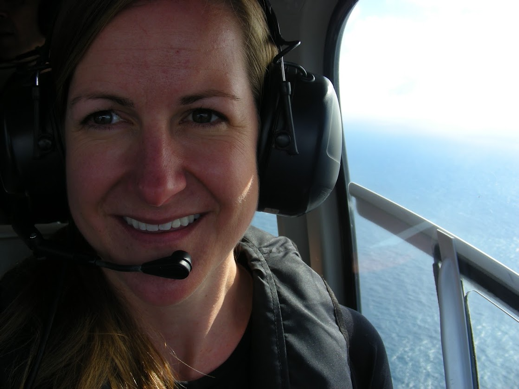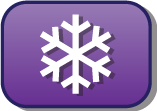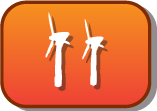Earth Scientist Studying Glaciers
Earth Scientist Studying Glaciers
A conversation with Kimberly Casey

Earth scientist Kimberly Casey records information in her notebook while visiting Matanuska glacier in Alaska. Credit: Kelly Mohler
Kimberly, what do you do?
I am an Earth Scientist who studies glaciers and ice sheets. I focus on how particles from land and the atmosphere end up in the ice and impact ice melt.
Tell us a little bit about your job.
I study how glaciers and ice sheets change over time. To do this, I use satellite data and information collected from actual glaciers and ice sheets in the field.
I’m especially interested in the study of particles such as desert dust, pollen, volcanic ash and pollutants. These particles may begin on land or in Earth’s atmosphere and end up in snow and ice.
I am passionate about understanding how these particles are affecting snow and ice. Some particles, for example, can make snow and ice melt faster. I’m also interested in how these particles are cycling back into the surrounding waters and ecosystems, potentially impacting humans, animals and plants.

Kimberly flew with geologists in a helicopter to observe volcanic emissions and study how they may be impacting glaciers in New Zealand. Courtesy of Kimberly Casey
Why is this work important?
Earth and its land, water, air and biological components are all part of a global, interconnected system. It is important to improve our collective understanding of how these systems interact. Events that occur in one area—like city pollution or forest fire smoke—can have big impacts on areas nearby as well as far away, including Earth’s ice sheets and mountain glaciers.
How did you get interested in this field?
In my work, I’m very concerned about the planet’s well-being. Even as a young girl, I deeply cared about keeping our planet healthy. I was always curious about what we could do to improve the health of our local environment, atmosphere and planet.
Seeing pollution on land, in the water and in the atmosphere has always been very troubling to me. When I was very young, I got involved in trash pickup in my community and beaches, and in clean energy innovation.
What do you do on a typical day at work?
On most days I work in an office and inspect satellite data of Earth's snow and ice surfaces and atmosphere. I use this information to map and measure changes in glaciers and ice sheets. I also use data collected from glaciers in the field to confirm or enhance satellite data-based measurements.
But sometimes things get much more exciting than sitting in an office! Sometimes I travel to glaciers or chemistry labs to directly measure snow and ice characteristics and particle impacts. These field or lab measurements help to confirm the measurements I make with satellite data.

Kimberly collects Findelen glacier surface reflectance and particle data in Switzerland. Courtesy of Kimberly Casey.
What is your favorite part of the job?
It is really exciting being a part of a large scientific project from the very beginning to the very end. It is fun working together to gain an understanding how our Earth functions.
I also really enjoy the days when I collect measurements in the field or scientific labs. Then I can truly get a sense of how well satellites are doing compared to ground or lab measurements.
We want to have a job like yours one day! Do you have any advice?
I recommend studying math, science and computer science. Also, stay curious about the processes happening all around you! Air, water, rock and biological cycles are fascinating! Anyone can observe clues of these cycles if they are patient, present and perceptive of the environment.
You can also volunteer to help a scientist, park ranger or engineer. Gaining experience in different jobs or activities can really help you find your passion.
What do you do when you’re not busy traveling or working in the office?
In my free time, I enjoy spending time in nature, doing yoga, art projects and reading.

Kimberly stands in front of Stubai glacier in Austria. Credit: Frank Paul












